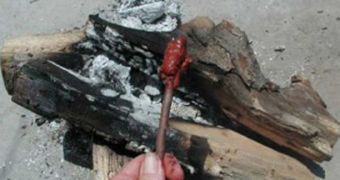It would arguably be extremely hard to image the modern world without multitasking. It has become such a widespread habit, that virtually everyone does it. Children do it, their parents too, and business people are among the representatives of the genre. But very few of us have stopped to think where this ability comes from. It wasn't like one person was born one day, and started doing more things at once. The trait had to be inscribed into our genome, experts say.
Millennia had to go by before the human brain became sufficiently developed to allow us to do two or more things at the same time. As evidenced by most species in the animal kingdom today, performing only one task forces the brain to a standstill. Unless that particular action is completed, the creatures cannot focus on anything else. If such had been the case with humans, we would still have been living in trees and mud houses, anthropologists say. We have the ability to do two or more things at once, while at the same time thinking of something entirely different.
Experts from the University of the Witwatersrand in Johannesburg, led by scientist Lyn Wadley, have begun to look into the origins of multitasking, and their research has taken them directly into the Stone Age, to the glue manufacturing of all places. Our ancestors used plant extracts and fire to create the equivalent of superglue, which they then employed for a wide array of applications. By replicating the glue-production processes several times over, the team has been able to infer that a large amount of multitasking went on inside our predecessors' brains.
The scientists have noticed that almost all of the ingredients used in the mix were of varied chemical compositions, meaning that the same recipe could yield entirely different results every time is was used. Stone-Age glue makers needed to be right next to the pot, and modify component concentrations in the glue mix, so as to ensure a good viscosity and an optimum grip. Their focus had to shift from one step of the process to the other, while their mind needed to stay focused on the fire and the changing properties of their glue, LiveScience reports.
In a paper published in the latest issue of the journal Proceedings of the National Academy of Sciences (PNAS), Wadley argues that, while pinpointing the origins of multitasking as a process is extremely difficult and may never happen, the find provides one of the earliest accounts of multitasking ever found.

 14 DAY TRIAL //
14 DAY TRIAL //